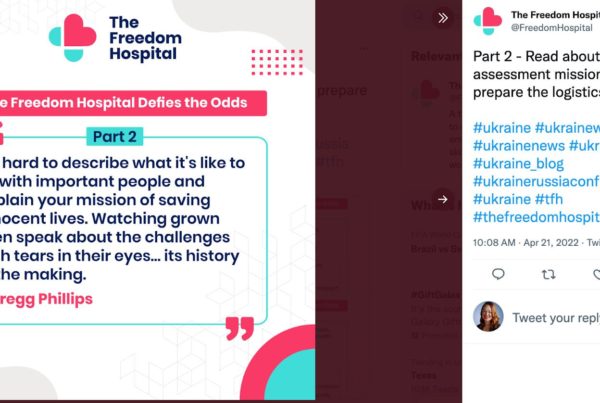From the American Homefront Project:
To attract more recruits into the National Guard, about a half dozen states are paying finder’s fees to people who bring in new troops.
The National Guard came up 9,000 troops short of its recruitment goal last fiscal year. More than half the states missed their goals by 40% or more, according to the National Guard Bureau, the federal office that oversees the state guards.
To bridge the gap, some states have resorted to paying out referral bonuses to non-recruiters.
“It amounts to a $1,000 payment if a ‘recruiting assistant,’ as they’re called, enlists anybody into the Guard,” said Capt. Mikel Arcovich about how the program works in Vermont.
The “recruiting assistants” have to be affiliated with the Vermont National Guard. Active or retired troops can bring in leads, and so can the Guard’s civilian employees.
“We have vacancies to fill, and having everybody contribute, or at least having a program that offers incentives for everybody to contribute, is value added,” Arcovich said.
He said the program has brought in more than 60 leads and paid out more than $50,000 in bonuses.
The Virginia National Guard has a similar bonus referral program, but any Virginian can get a finder’s fee up to $750, whether they’re affiliated with the Guard or not.
Lt. Col. Scott Nivens, who commands the Virginia National Guard recruiting and retention battalion, said six people have signed up to refer recruits since the program launched in September, and they’ve generated a handful of leads so far.
“It’s a nice paycheck for referring someone to our organization,” Nivens said. “We’re looking forward to more success as we go forward.”
A federal-level finder’s fee program used to exist. It was called the Guard-Recruiting Assistance Program, or G-RAP, and it brought in 130,000 new recruits from 2005 through 2012. The Guard had a strong need for service members then because of the Iraq war and the massive stateside mobilization after Hurricane Katrina.
But the Pentagon shut down the program after an investigation revealed millions of dollars in fraudulent payments. Some of those who were accused of abusing the program still deny any wrongdoing.
Despite the program’s troubled past, senior leaders said they might bring it back.
“By putting the right checks and balances in place, we could really help make every single Guardsman a recruiter by paying them a bonus for anybody that they bring into the organization,” said Gen. Daniel Hokanson, head of the National Guard Bureau.
At a September roundtable discussion, Hokanson said a reboot would require careful planning to eliminate any opportunity for fraud. But he said the program was a success.
“Obviously, there were lessons learned that we would definitely want to incorporate,” Hokanson said. “We want to basically have a firm set of rules and orders and really set the terms and conditions.”
The Vermont and Virginia guards said their programs protect against fraud in part because they operate on a much smaller scale with localized oversight.
“The recruiter is a check and balance, the recruiting battalion has a check and balance, and the payments are run through the Vermont military department,” Arcovich said.
And Nivens said the Virginia program has multiple layers of oversight baked in. First, the vendor — the person who wants to refer a potential recruit — gets approved by the state. Then they can submit a lead, which gets routed to a National Guard recruiter.
“From there, the recruiter contacts the vendor and the applicant to meet in person to determine the applicant’s initial eligibility and potentially to begin the application process,” Nivens said.
So far, National Guard leaders have not yet laid out a formal plan for the proposed federal referral bonus program.
This story was produced by the American Homefront Project, a public media collaboration that reports on American military life and veterans.Funding comes from the Corporation for Public Broadcasting.














